Over the past year, I have had the privilege to be involved in a deeply fascinating pan-European project with the objective of thinking about the future of the postal sector in 2030. I was working as a part of the team from a German foresight agency and participated by attending three workshops in Paris, Bonn and Warsaw.
The project was so interesting across a whole variety of dimensions: experiencing cultural differences in discussion and social dialogue between countries and generations; different attitudes towards worker rights and protection; the manifold challenges of working with translators; understanding the importance of universal service obligations (all you folk living out in the sticks be thankful for this).
And though I work on what are ostensibly ‘international projects’ as I need to investigate, explore and explain the difference between attitudes and behaviours across different markets, such projects are vicarious. I do not live the differences. Here I did – to a certain extent.
It was only to a certain extent as a number of the aspects of my experience at the workshops did not vary hugely across markets. We stayed in large hotels catering to business travellers and which therefore tended to offer identikit services and products. Take, for example, the buffets of breakfast food from everywhere: some eggs things, some sausage meat things, some cold meats, some bakery and other bread bits, fruit and cereals. Likewise for the lunches, though there were some intriguing local stand-outs of varying appeal. We were in Bonn at the start of October and every single meal (bar breakfast) included the seasonal offering of pumpkin in some form or other (soup, in ravioli, in stew etc), whilst in France, there were macaroons (better) and in Poland, well, it was lots of beetroot (fine but not in excess).
But perhaps the most interesting learning was a realisation that Poland, beyond the beetroot and the rather extraordinary socio-realist architecture, is really going places. I am so used to thinking about Europe as a mature market with very slow growth and that all the whizzy GDP growth rates belong to BRICS, CIVETS and their ilk. Well, it seems that Poland is not hitting double digit growth but certainly compared to other large EU markets, it is operating in a different gear.
The trigger moment was moment was during a presentation midst workshop, when as has been customary for each of the host countries, there is a chance to show off about how brilliant their postal business is. To be honest, it’s most often about how they are managing the commonly felt challenge of mail volumes falling off a cliff whilst trying to snatch up as much as they can of the growing but much more competitive parcels business. However, in Poland, there were pronouncements about doubling revenues and huge growth in activity. To make clear how extraordinary this is, a recent annual report from Royal Mail can only talk about small incremental gains of revenue rarely in double digits.
Yes, it seems that, now I have opened my eyes to it, that Poland is the tiger of Europe. Output growth reached 4.6 percent last year, compared with 2.5 percent for the European Union as a whole, unemployment has dropped to a record low of 4.4 percent. Many other EU states would envy this performance. Poland has reaped the fruits of opening up and liberalising its economy, as well as benefiting from its particular attributes of a large educated population (admittedly somewhat depleted by all those who disappeared off to the UK – probably on their way back now) and its location as being the first EU country Asia encounters as it moves West, and more.
However, some have concerns that this has come at a hidden cost and does not represent sustainable growth or wealth creation. In an interview in October last year, Prime Minister Mateusz Morawiecki commented, ‘We have sold pretty much all of our economy. Money is being sucked out of the country, “transferred every year in the form of dividends or interest on capital, interest on loans, deposits and current accounts.”
From now on, I shall make sure that I stay up to date with the next stage in Poland’s development.
PS Did I forget to mention the dumplings?!













































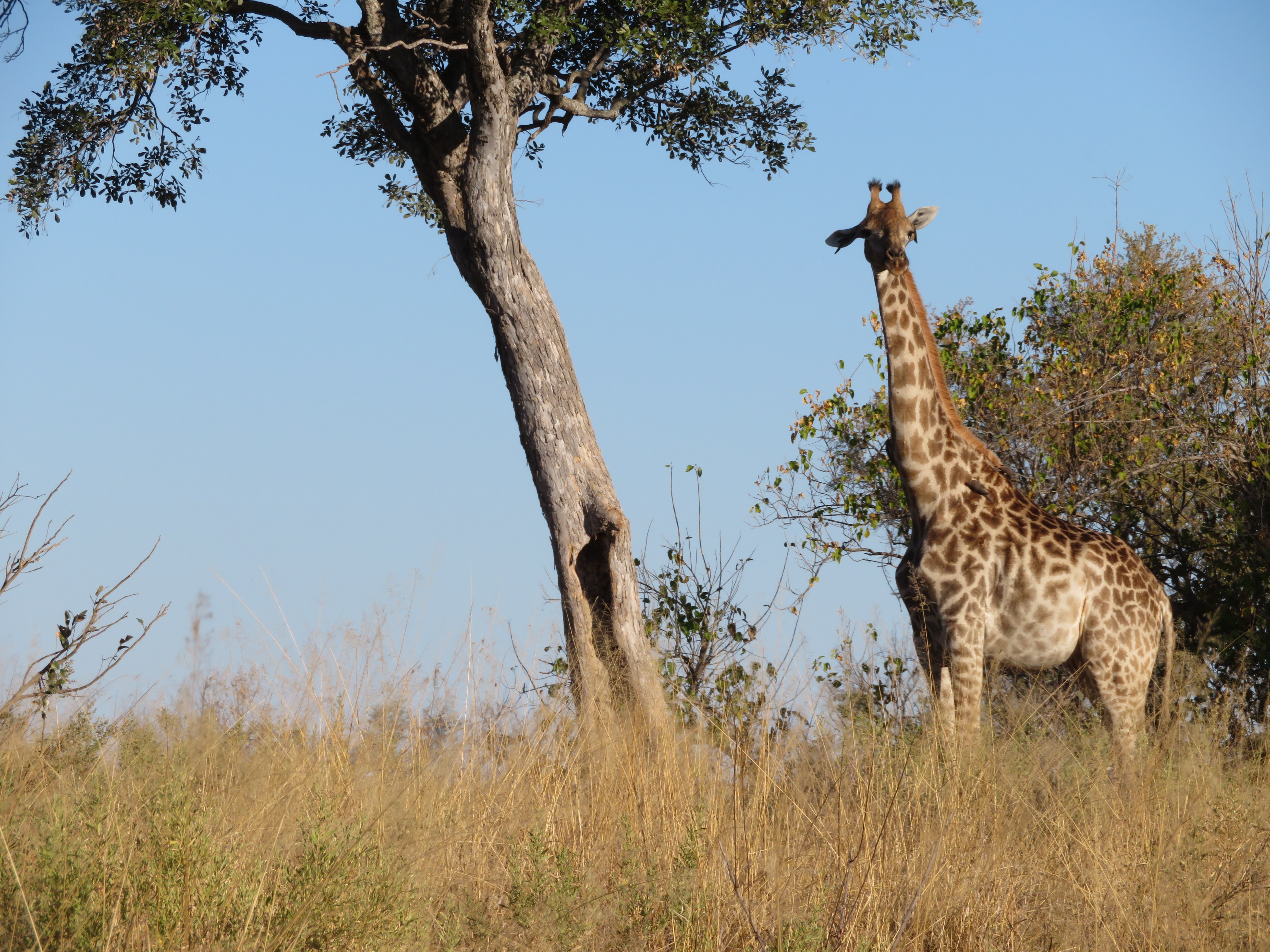





















 Where do you think the above snap was taken? Don’t look too hard as otherwise you will spoil the fun!
Where do you think the above snap was taken? Don’t look too hard as otherwise you will spoil the fun!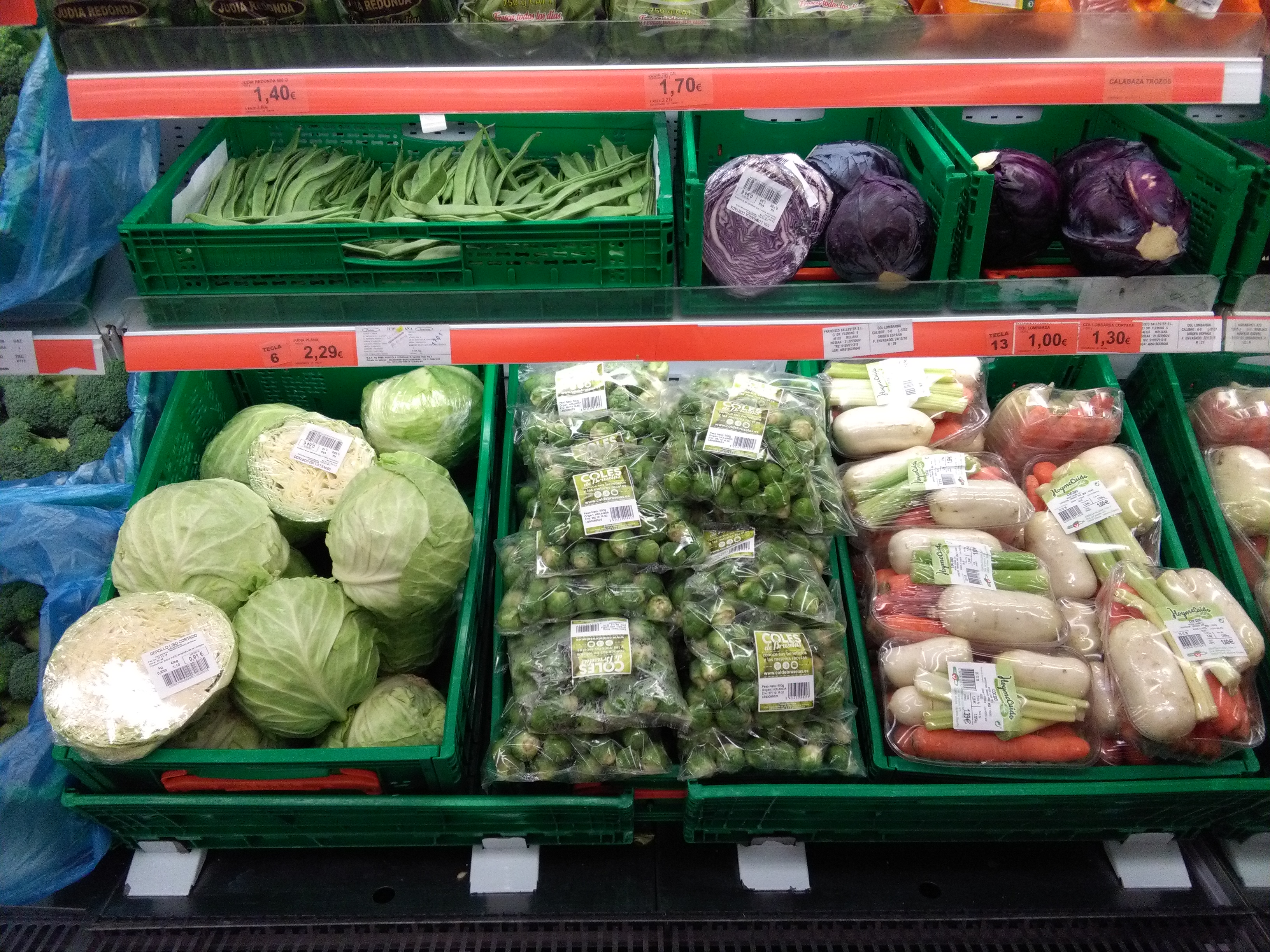 And fancy a curry – albeit with salmon – but I guess fish is pretty hard to avoid in coastal Spain.
And fancy a curry – albeit with salmon – but I guess fish is pretty hard to avoid in coastal Spain.
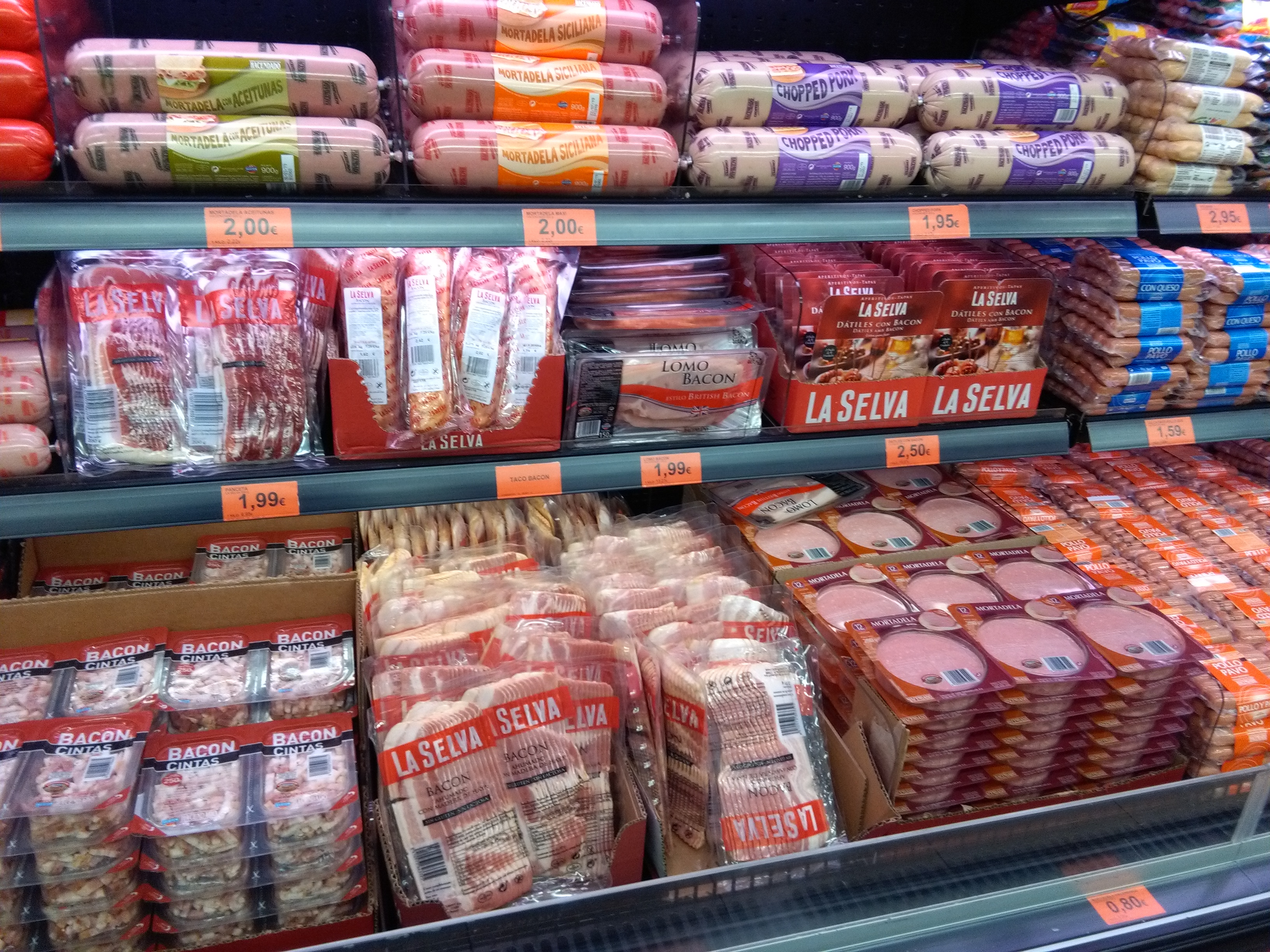 Spot the wannabe After Eights on the top shelf?
Spot the wannabe After Eights on the top shelf? But there were also some delicacies clearly aimed at the local residents. The below is not my cup of tea.
But there were also some delicacies clearly aimed at the local residents. The below is not my cup of tea.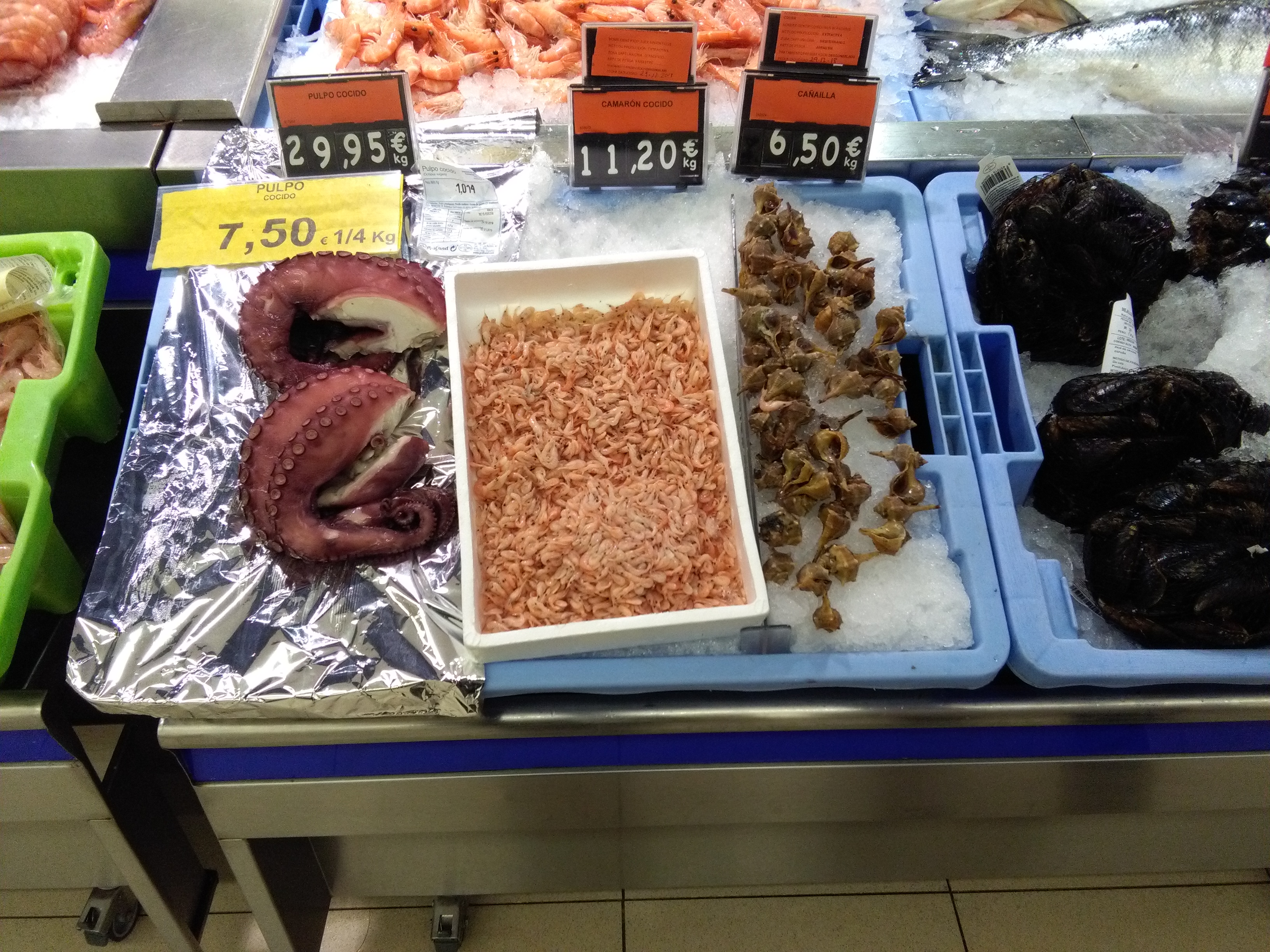 And out in the streets, there other similar indicators of Brit presence.
And out in the streets, there other similar indicators of Brit presence.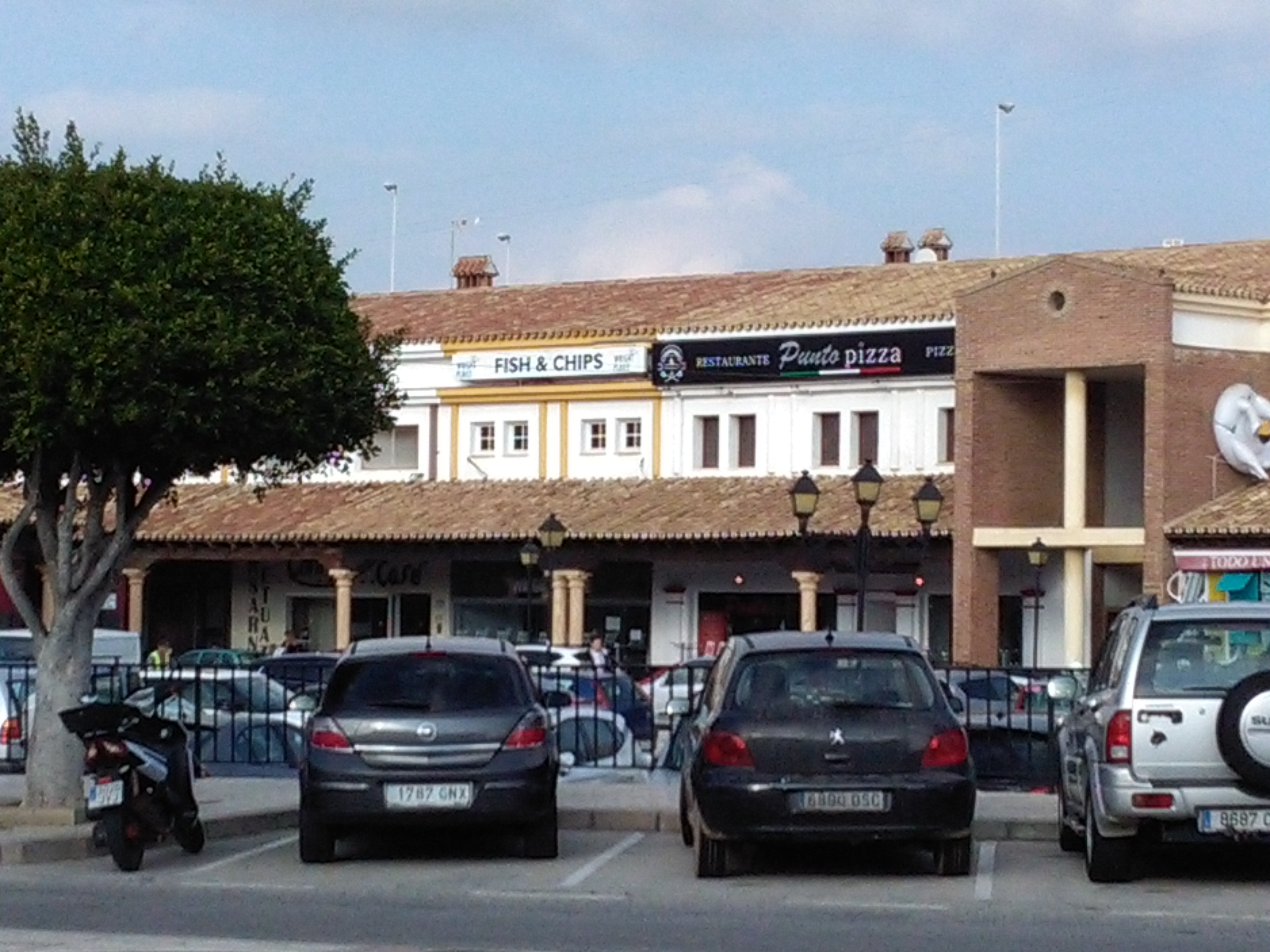 But I want to use my final photo to highlight a new dynamic reverberating in the area. Having chatted with a local (Irish!) estate agent, it seems that Scandis are the new big kids on the block since an airline started added direct flights between Norway and Malaga. So in the Mercadona, amongst the bacon and baked beans, I also found the dark rye grainy bread so beloved of Scandinavians.
But I want to use my final photo to highlight a new dynamic reverberating in the area. Having chatted with a local (Irish!) estate agent, it seems that Scandis are the new big kids on the block since an airline started added direct flights between Norway and Malaga. So in the Mercadona, amongst the bacon and baked beans, I also found the dark rye grainy bread so beloved of Scandinavians.